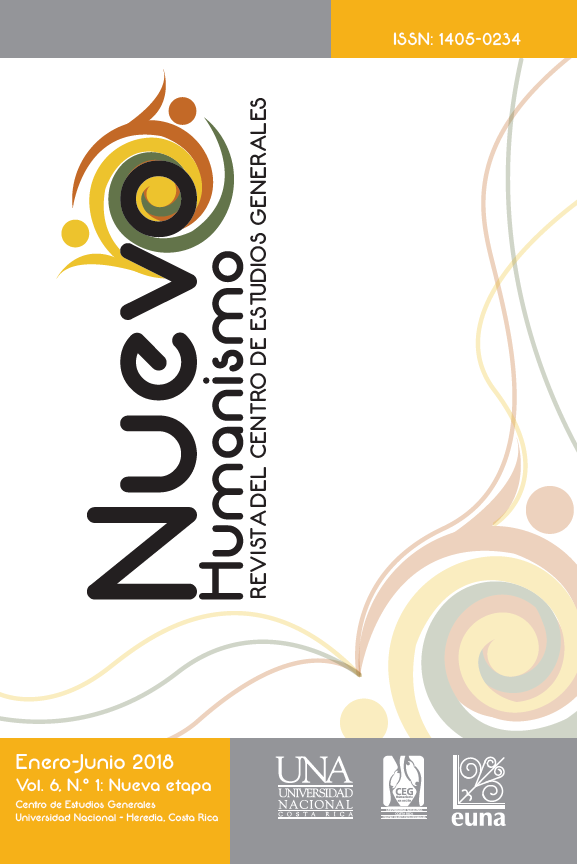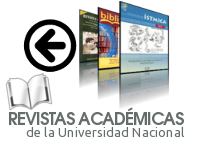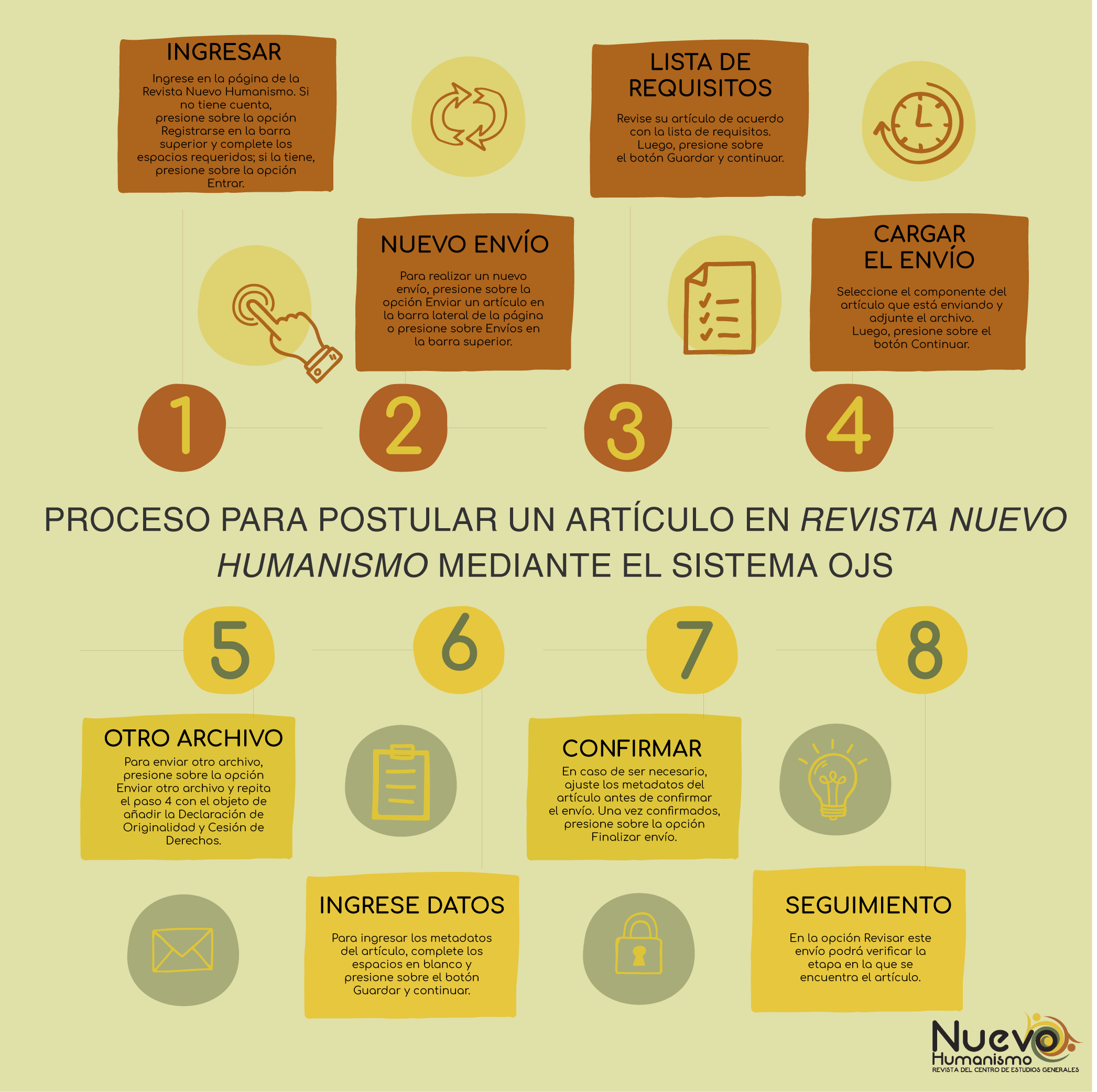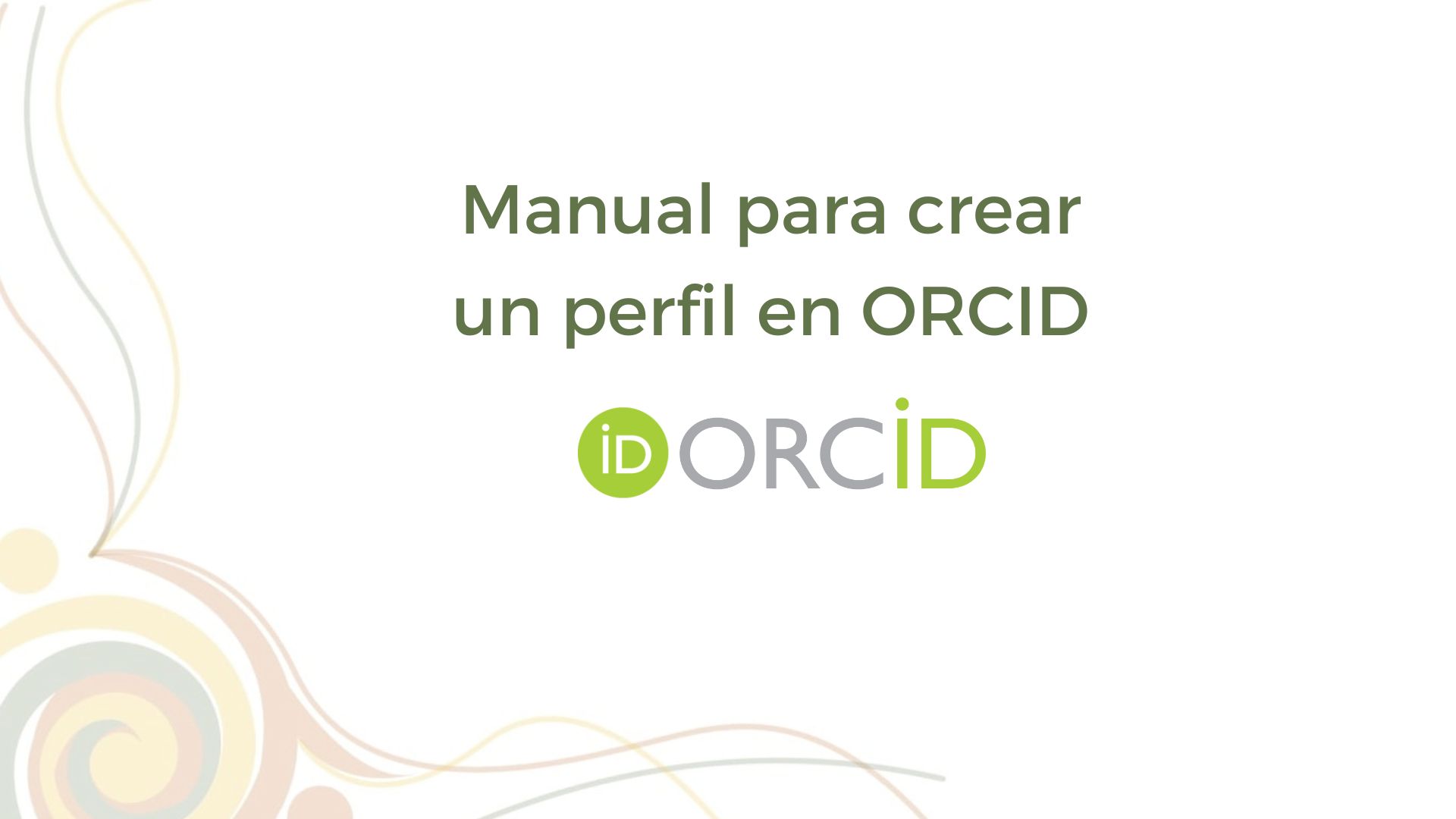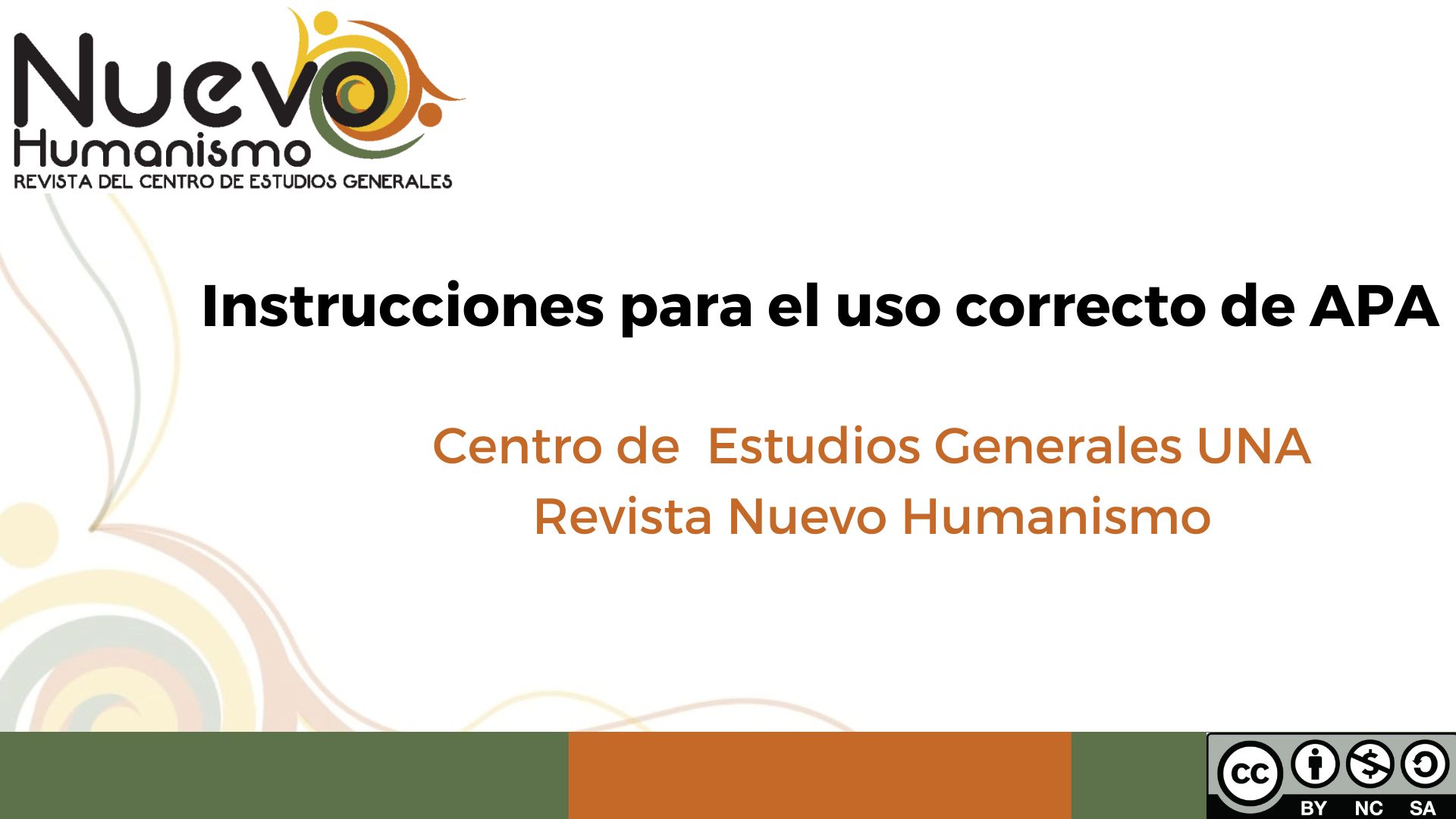Challenges and Learning from Integrating Positive Psychology and Physical Exercise in the General Studies Department: Stories from Academic Praxis
DOI:
https://doi.org/10.15359/rnh.6-1.2Keywords:
student well-being; humanities; interdisciplinarity; academia.Abstract
This article is written as an account of experience resulting from an academic process conducted at the National University of Costa Rica, specifically at the Center for General Studies. The process aimed to promote the psychological well-being of university students through interventions in positive psychology (IPP) and physical exercise and, in turn, to develop skills in the academic staff of the Center for General Studies to manage positive psychology interventions. The methodology used in this academic project consisted of a series of interventions through the following three courses: 1) environment and health, 2) the image of the elderly person in the different texts and 3) literary expression workshop: story and poetry. The particular experiences of the interventions conducted in each course are outlined throughout this account. Likewise, challenges and learning for each course were obtained from these interventions. Training was provided on theoretical bases and the implementation procedure of the three IPPs reviewed. At the end of the training process, the relevant ways of including the principles and interventions of positive psychology and positive education in the methodological strategy of the course program were jointly determined. This experience generated possibilities for the different disciplines to work closely on a common plan for academic praxis in teaching and research; as a multidisciplinary pedagogy, it is rooted in interdisciplinarity.
References
Baraona, M. (2013). Para un humanismo del siglo XXI: desafíos y propuestas. Revista Nuevo Humanismo, 1(1), pp. 11-21.
Baraona, M. y Mata, E. (2015). Los Estudios Generales como pedagogía multidisciplinaria en vías a la interdisciplina. Revista Nuevo Humanismo, 3(1), pp.39-53.
Baraona, M. y Mora, J. (2017). Hacia una epistemología del Nuevo Humanismo. Costa Rica: Editorial EUNED.
Barrantes, K. (2017). Efecto de intervenciones de psicología positiva y ejercicio en el bienestar y malestar psicológico de estudiantes universitarios. Doctorado en Ciencias del Movimiento Humano, Heredia: Sistema de Estudios de Posgrado, Universidad Nacional-Universidad de Costa Rica.
Bauman, A., Schoeppe, S., Lewicka, M., Armstrong, T., Candeias, V. y Richards, J. (2008). Review of best practice in interventions to promote physical activity in developing countries. Recuperado de: http://www.who.int/dietphysicalactivity/bestpracticePA2008.pdf
Bolier, L., Haverman, M., Westerhof, G. J., Riper, H., Smit, F. y Bohlmeijer, E. (2013). Positive psychology interventions: a meta-analysis of randomized controlled studies. BMC Public Health, 13, 119, 1-20. Doi: 10.1186/1471-2458-13-11
Buettner, D. (2008). The Blue Zones: Lessons for living longer from the people who've lived the longest. Washington, D.C.: National Geographic.
Comunicación personal de una estudiante. Curso Taller de expresión literaria: cuento y poesía, 31 de agosto, 2015. Heredia, Universidad Nacional de Costa Rica.
Emmons, R. A. y McCullough, M. E. (2003). Counting blessings versus burdens: An experimental investigation of gratitude and subjective well-being in daily life. Journal of Personality and Social Psychology, 84(2), 377-389. Doi: 10.1037/0022-3514.84.2.377
Flay, B., Biglan, A., Boruch, R., Castro, F., Gottfredson, D., Kellam, S. y Ji, P. (2005). Standards of evidence: criteria for efficacy, effectiveness and dissemination. Prevention Science, 6 (3), 151-175. Doi: 10.1007/s11121-005-5553-y
Hervás, G., Sánchez, A. y Vázquez, C. (2008). Intervenciones psicológicas para la promoción del bienestar. En G. C. Vázquez y Hervás (ed.), Psicología Positiva Aplicada (2. a ed., pp. 41-74). Bilbao: Desclée de Brouwer.
Hoehner, C., Soares, J., Parr, D., Ribeiro, I., Joshu, C., Pratt, M. y Brownson, R. (2008). Physical activity interventions in Latin America: a systematic review. American Journal of Preventive Medicine, 34(3), 224-233. Doi: 10.1016/j.amepre.2007.11.016
Hone, L., Jarden, A. y Schofield, G. (2014). An evaluation of positive psychology intervention effectiveness trials using the re-aim framework: A practice-friendly review. Journal of Positive Psychology, 10(4), 1-20. Doi: 10.1080/17439760.2014.965267
Huijg, J., Zouwe, N., Crone, M., Verheijden, M., Middelkoop, B. y Gebhardt, W. (2015). Factors influencing the introduction of physical activity interventions in primary health care: A qualitative study. International Journal of Behavioral Medicine, 22(3), 404-414. Doi: 10.1007/s12529-014-9411-9
Iacub, R. (2007). La trascendencia y el sentido de la vida. Recuperado de http://www.ricardoiacub.com.ar/la-trascendencia-y-el-sentido-de-la-vida/
King, L. (2001). The health benefits of writing about life goals. Personality & Social Psychology Bulletin, 27(7), 798. Doi: 10.1177/0146167201277003
Laine, J., Kuvaja-Köllner, V., Pietilä, E., Koivuneva, M., Valtonen, H. y Kankaanpää, E. (2014). Cost-effectiveness of population-level physical activity interventions: A systematic review. American Journal of Health Promotion, 29(2), 71-80. Doi: 10.4278/ajhp.131210-LIT-622
Layous, K., Nelson, S. y Lyubomirsky, S. (2013). What is the optimal way to deliver a positive activity intervention? The case of writing about one's best possible selves. Journal of Happiness Studies, 14(2), 635-654. Doi: 10.1007/s10902-012-9346-2
Miller, E. y Chung, H. (2009). A literature review of studies of depression and treatment outcomes among U.S. College students since 1990. Psychiatric Services, 60(9), 1257-1260. Doi: 10.1176/appi.ps.60.9.1257
Organización Mundial de la Salud. (2014). Documentos Básicos Edición 48. Recuperado de http://apps.who.int/gb/bd/PDF/bd48/basic-documents-48th-edition-sp.pdf#page=7
Park, N. y Peterson, C. (2009a). Achieving and sustaining a good life. Perspectives on Psychological Science, 4(4), 422-428. Doi:10.1111/j.1745-6924.2009.01149.x
Park, N. y Peterson, C. (2009b). Character strengths: Research and practice. Journal of College & Character, 10(4), 1-10. Doi: 10.2202/1940-1639.1042
Park, N., Peterson, C. y Seligman, M. E. P. (2004). Strengths of character and well-being. Journal of Social and Clinical Psychology, 23(5), 603-619. Doi: 10.1521/jscp.23.5.603.50748
Parks, A. y Biswas-Diener, R. (2013). Positive interventions: Past, present, and future. En T. Kashdan y J. Ciarrochi (eds.), Mindfulness, Acceptance, and Positive Psychology: The Seven Foundations of Well-Being, 140-165.
Oakland, CA: Context Press.
Pawelski, J. (2016). What is the role of the Humanities in positive education? Blog post. Recuperado de http://www.ipositive-education.net/what-is-the-role-of-the-humanities-in-positive-education/
Pawelski, J. y Moores, D. (2012). The eudaimonic turn: Well-being in literary studies. Lanham: Rowman & Littlefield.
Peterson, C. (2006). A primer in positive psychology. New York: Oxford University Press.
Peterson, C., Ruch, W., Beermann, U., Park, N. y Seligman, M. (2007). Strengths of character, orientations to happiness, and life satisfaction. Journal of Positive Psychology, 2(3), 149-156. Doi: 10.1080/17439760701228938
Schueller, S., Kashdan, T. y Parks, A. (2014). Synthesizing positive psychological interventions: Suggestions for conducting and interpreting meta-analyses. International Journal of Wellbeing, 4(1), 91-98. Doi: 10.5502/ijw.v4i1.5
Seligman, M. y Csikszentmihalyi, M. (2000). Positive psychology. An introduction. American Psychologist, 55(1), 5-14. Doi: 10.1037/0003-066X.55.1.5
Seligman., Rashid, T. y Parks, A. (2006). Positive psychotherapy. American Psychologist, 61(8), 774-788.
Seligman, M., Steen, T., Park, N. y Peterson, C. (2005). Positive psychology progress: Empirical validation of interventions. American Psychologist, 60(5), 410-421. Doi: 10.1037/0003-066x.60.5.410
Sheldon, K. y King, L. (2001). Why positive psychology is necessary. American Psychologist, 56(3), 216. Doi: 10.1037/0003-066X.56.3.216
Sheldon, K. y Lyubomirsky, S. (2006). How to increase and sustain positive emotion: The effects of expressing gratitude and visualizing best possible selves. Journal of Positive Psychology, 1(2), 73-82. Doi: 10.1080/17439760500510676
Sin, N. y Lyubomirsky, S. (2009). Enhancing well-being and alleviating depressive symptoms with positive psychology interventions: a practice-friendly meta-analysis. Journal of Clinical Psychology, 65(5), 467-487. Doi: 10.1002/jclp.20593
Wood, A., Froh, J. y Geraghty, A. (2010). Gratitude and well-being: A review and theoretical integration. Clinical Psychology Review, 30(7), 890-905. Doi: 10.1016/j.cpr.2010.03.005

